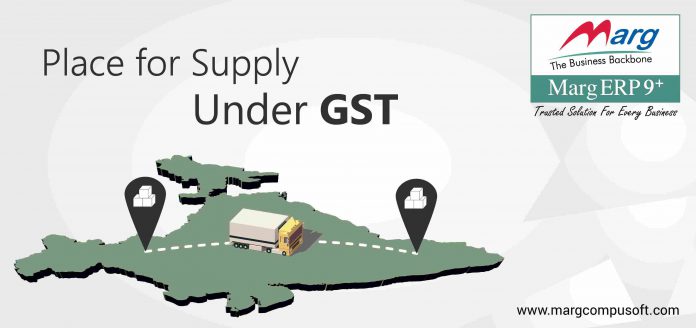The GST is a destination based tax on consumption of goods and services which means the tax would accrue to the taxing authority which has jurisdiction over the place of consumption/supply which is also termed as place of supply. Therefore, It is very important to understand the place of supply to determine the right charge of tax. According to model GST law the place of supply can be treated as either intra- state (inside the state of production) or inter-sate (outside the state of production). The charged tax depend upon two important things i.e. Place of supplier and Place of Supply.
For instance a company named BY Machines is registered in Noida, Uttar Pradesh and it supplies its product in Lucknow Uttar Pradesh i.e. in the same state, SGST and CGST would be charged. And if the same company supplies its product in Bhopal, Madhya Pradesh i.e. inter-state supply IGST would be charged.
It can be more easily understood by understanding SGST, CGST and IGST.
- Central GST (CGST): To be levied by the Centre on intra-State supply of goods and / or services.
- State GST (SGST): To be levied by the States on Intra Sate supply.
- Integrated GST (IGST): It will be levied and administered by Centre on every inter-state supply of goods and services.








































